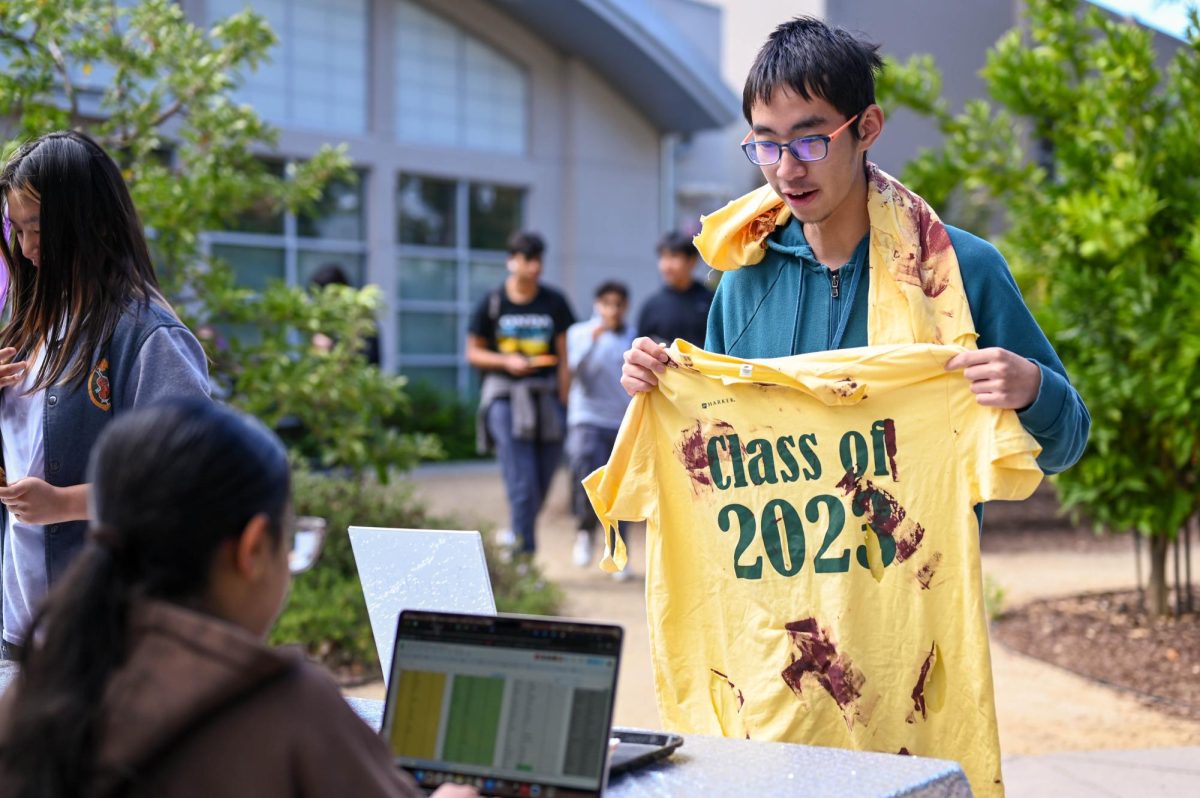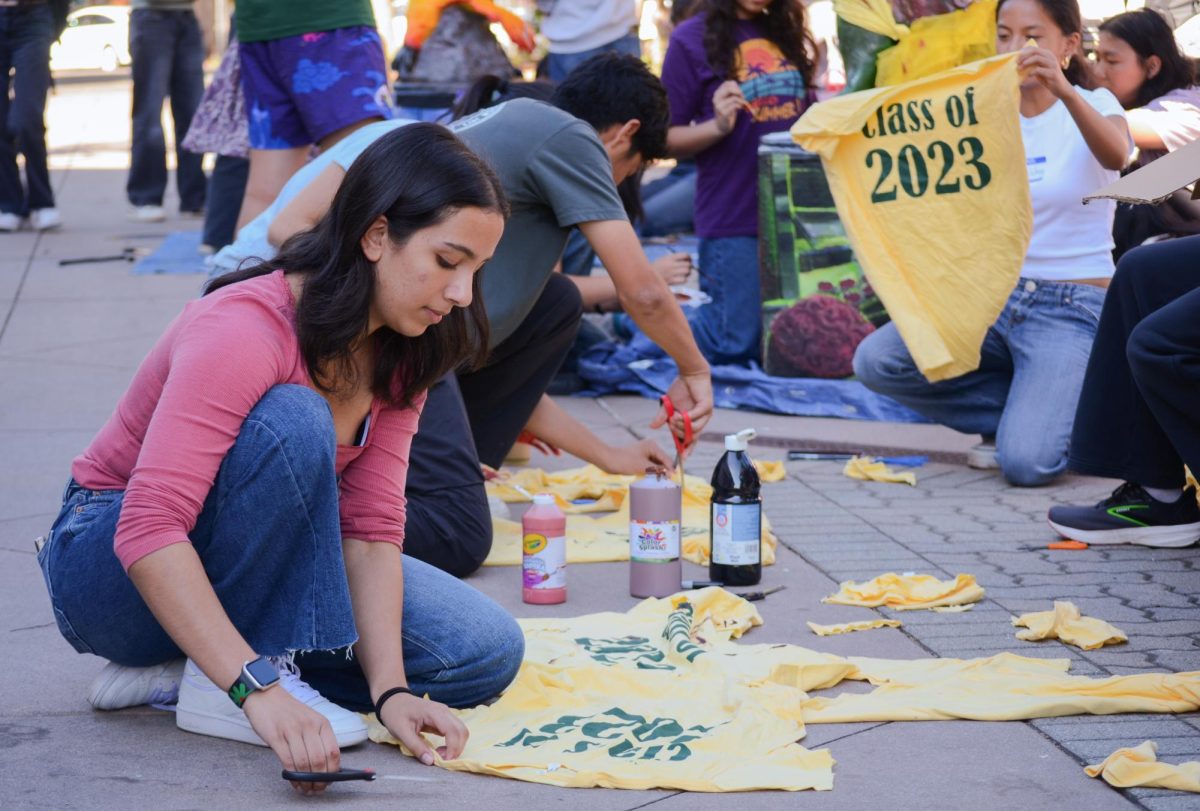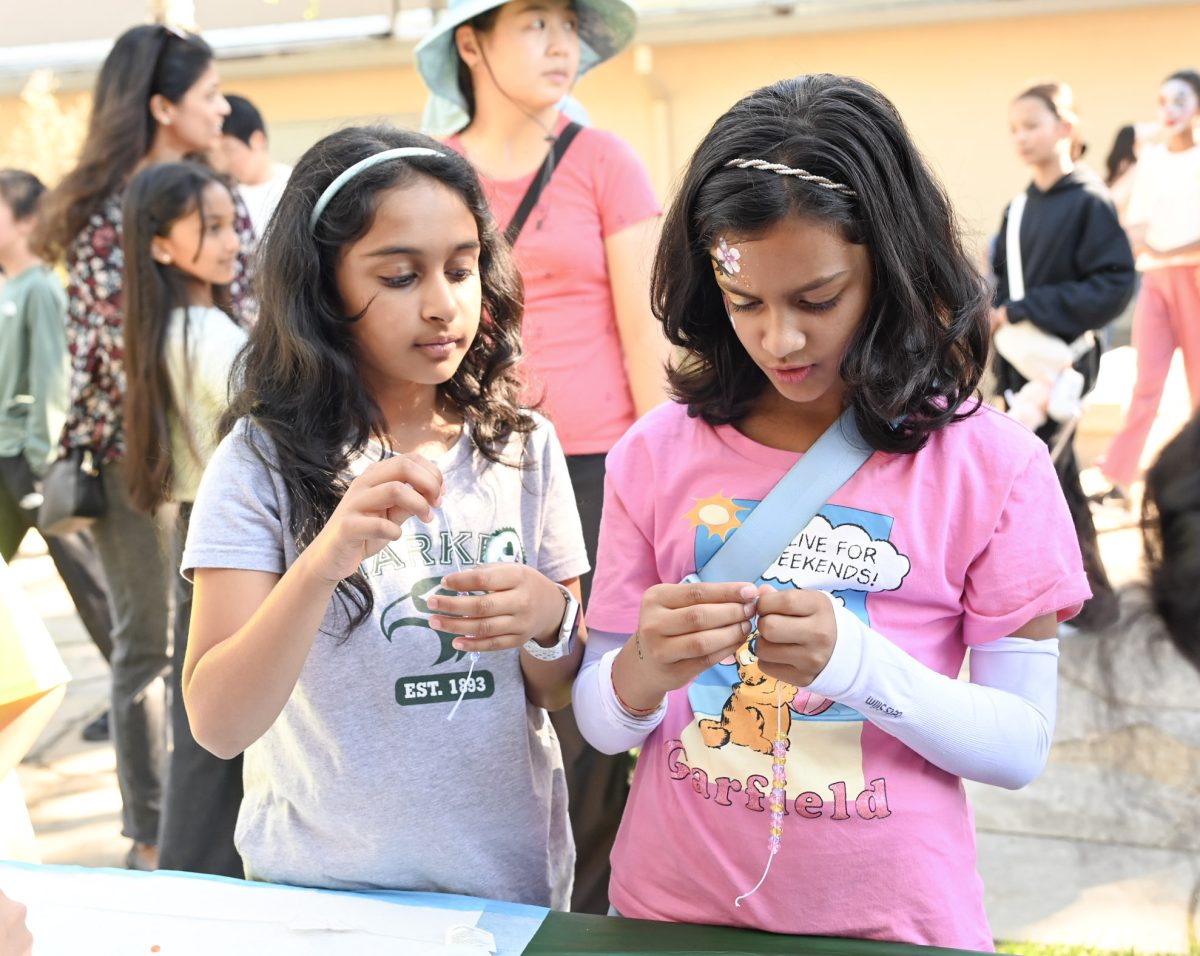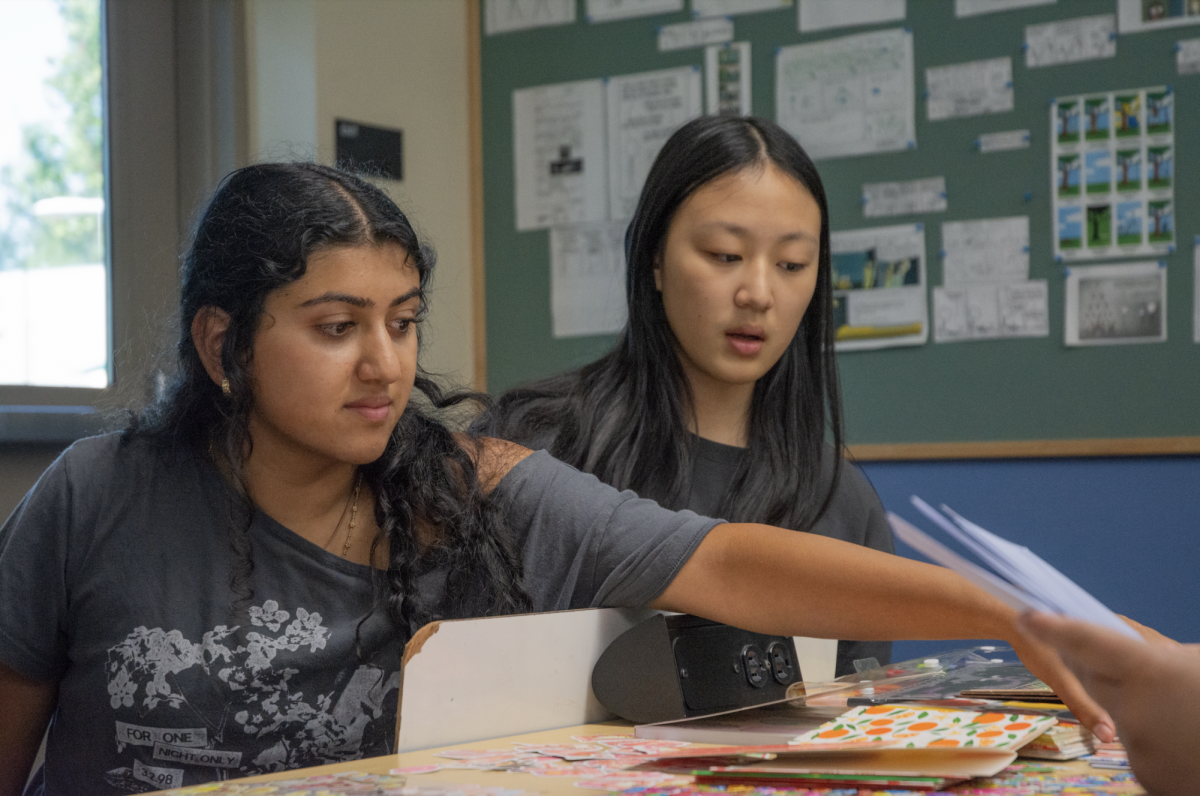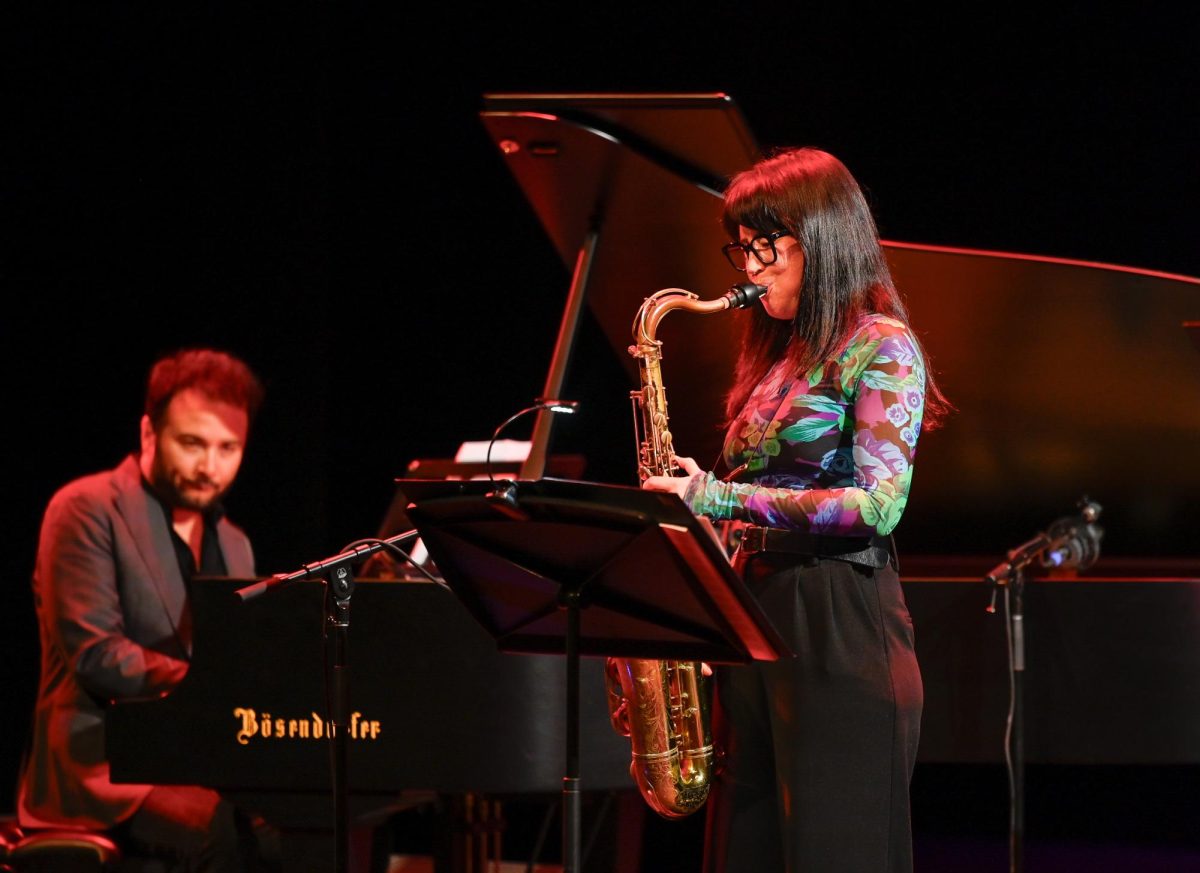On February 1 and 2, the Upper School placed second out of seven participating teams in the 2013 United States Invitational Young Physicists Tournament (USIYPT) held at the Saratoga campus.
Many international teams competed alongside our team in the tournament sponsored by the United States Association for Young Physicists Tournaments (USAYPT) and hosted by our school. Students from Tunisia experienced a day of life in the Upper School, visiting AP Physics classes on Thursday.
The annual competition consists of face-offs, or “fights,” in which two teams from different schools present competing solutions for four different problems posed by USAYPT. These answers are judged by a jury of physics professors from universities across the country such as UC Berkeley and Harvard.
According to its official website, the competition helps advisors and participants “become better teachers and better students [by providing] ‘good’ problems that stretch beyond our present textbook.”
This year’s problems involved thermal conductivity of materials, construction of an acoustic interferometer, RipStiks, and a comparison of downhill rotation speeds of two different materials.
Physics teacher and team advisor Dr. Mark Brada believes that the competition is a combination of various elements. According to Brada, Upper School teams have historically placed in the top three ranks at this contest.
“This competition is exactly a mixture of both theory and practice–50 percent of the score is based upon theory and the other 50 percent is based upon experiment,” Dr. Brada said. “This mixes confidence and skill in public speaking with the science that you have done to reach this point.”
Starting last September, Upper School participants divided into groups to construct a device that would solve the problems presented by the USAYPT.
Upper School participant Vikas Bhetanabhotla (11) explained the procedure of creating solutions.
“The process of developing a solution first starts with a lot of background research on the topic,” he said. “The goal is to find the best method possible and to conduct the best experiments possible, so a lot of time goes into that phase. Also, there is a significant theory portion to each problem, so a lot of time is spent nailing down the theory and conceptual points. Lastly, a powerpoint is developed, and we practice our presentations.”
Dr. Brada believes that allowing the students to regulate their participation in the teams is beneficial to the quality of the presentations.
“The Harker teams are self-selecting: the students that actually show up and do work are the ones that get to participate in this competition,” he said.
Participants from across the world echoed this sentiment; many believe that the main motivation for their participation is their deep interest in physics.
“We chose to participate in this because we are all very fond of physics and like experiments and discussion,” said Lu Sicung (11) from Nanjing Foreign Language School. “I’m feeling very good about this. It’s very competitive.”
The 2014 tournament selection process will start early next school year. Following the tradition of holding the tournament at the same school for two consecutive years, the tournament will be held at the Upper School once again, after which it will shift to the US Military Academy at West Point.


















![“[Building nerf blasters] became this outlet of creativity for me that hasn't been matched by anything else. The process [of] making a build complete to your desire is such a painstakingly difficult process, but I've had to learn from [the skills needed from] soldering to proper painting. There's so many different options for everything, if you think about it, it exists. The best part is [that] if it doesn't exist, you can build it yourself," Ishaan Parate said.](https://harkeraquila.com/wp-content/uploads/2022/08/DSC_8149-900x604.jpg)




![“When I came into high school, I was ready to be a follower. But DECA was a game changer for me. It helped me overcome my fear of public speaking, and it's played such a major role in who I've become today. To be able to successfully lead a chapter of 150 students, an officer team and be one of the upperclassmen I once really admired is something I'm [really] proud of,” Anvitha Tummala ('21) said.](https://harkeraquila.com/wp-content/uploads/2021/07/Screen-Shot-2021-07-25-at-9.50.05-AM-900x594.png)







![“I think getting up in the morning and having a sense of purpose [is exciting]. I think without a certain amount of drive, life is kind of obsolete and mundane, and I think having that every single day is what makes each day unique and kind of makes life exciting,” Neymika Jain (12) said.](https://harkeraquila.com/wp-content/uploads/2017/06/Screen-Shot-2017-06-03-at-4.54.16-PM.png)








![“My slogan is ‘slow feet, don’t eat, and I’m hungry.’ You need to run fast to get where you are–you aren't going to get those championships if you aren't fast,” Angel Cervantes (12) said. “I want to do well in school on my tests and in track and win championships for my team. I live by that, [and] I can do that anywhere: in the classroom or on the field.”](https://harkeraquila.com/wp-content/uploads/2018/06/DSC5146-900x601.jpg)
![“[Volleyball has] taught me how to fall correctly, and another thing it taught is that you don’t have to be the best at something to be good at it. If you just hit the ball in a smart way, then it still scores points and you’re good at it. You could be a background player and still make a much bigger impact on the team than you would think,” Anya Gert (’20) said.](https://harkeraquila.com/wp-content/uploads/2020/06/AnnaGert_JinTuan_HoHPhotoEdited-600x900.jpeg)

![“I'm not nearly there yet, but [my confidence has] definitely been getting better since I was pretty shy and timid coming into Harker my freshman year. I know that there's a lot of people that are really confident in what they do, and I really admire them. Everyone's so driven and that has really pushed me to kind of try to find my own place in high school and be more confident,” Alyssa Huang (’20) said.](https://harkeraquila.com/wp-content/uploads/2020/06/AlyssaHuang_EmilyChen_HoHPhoto-900x749.jpeg)






